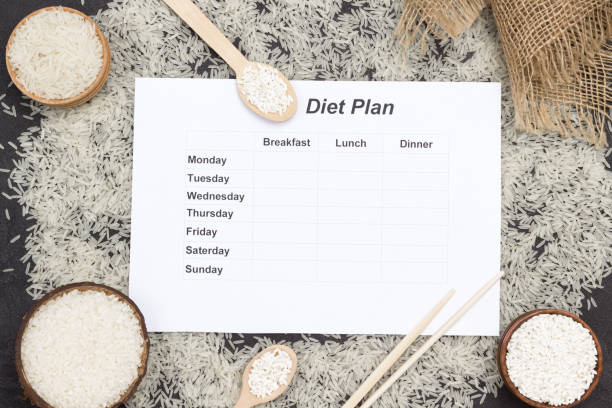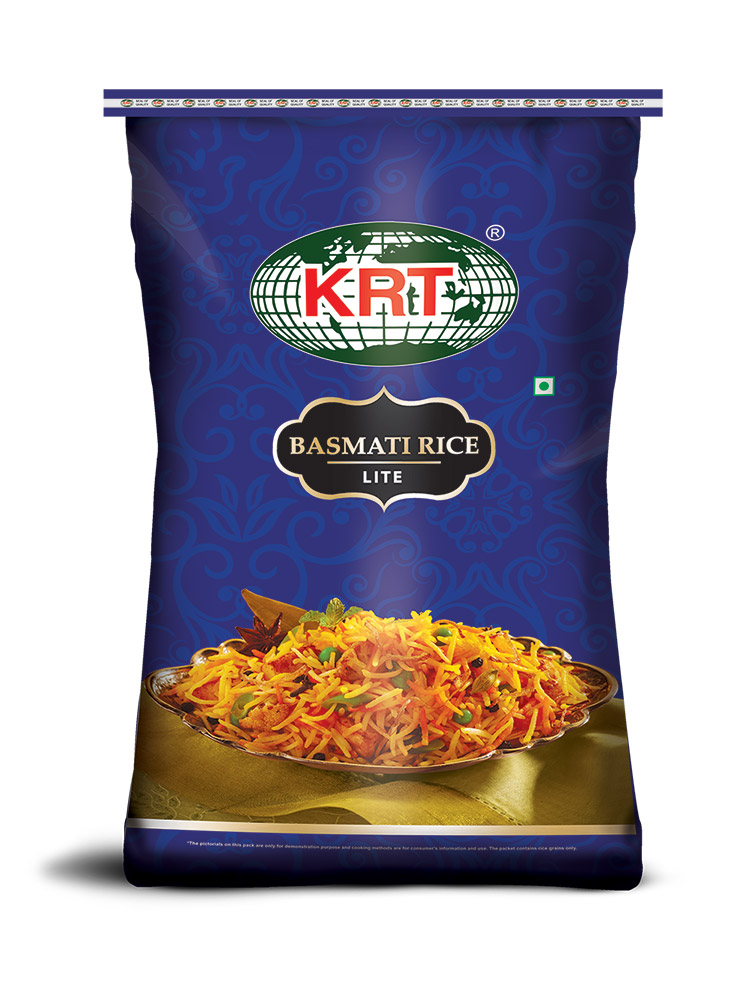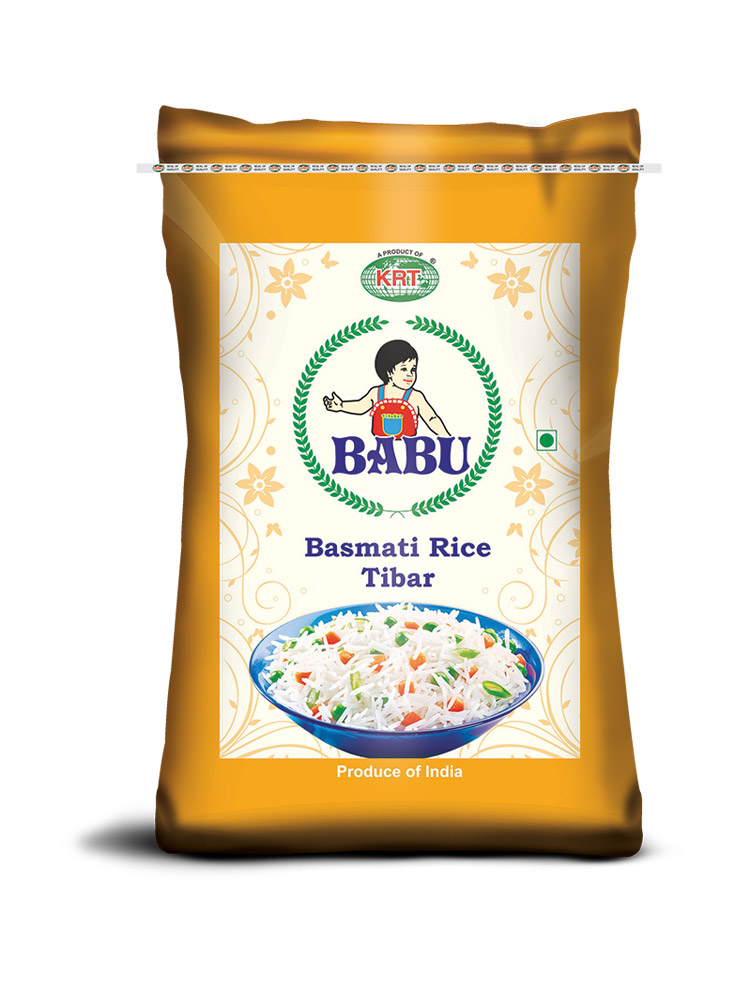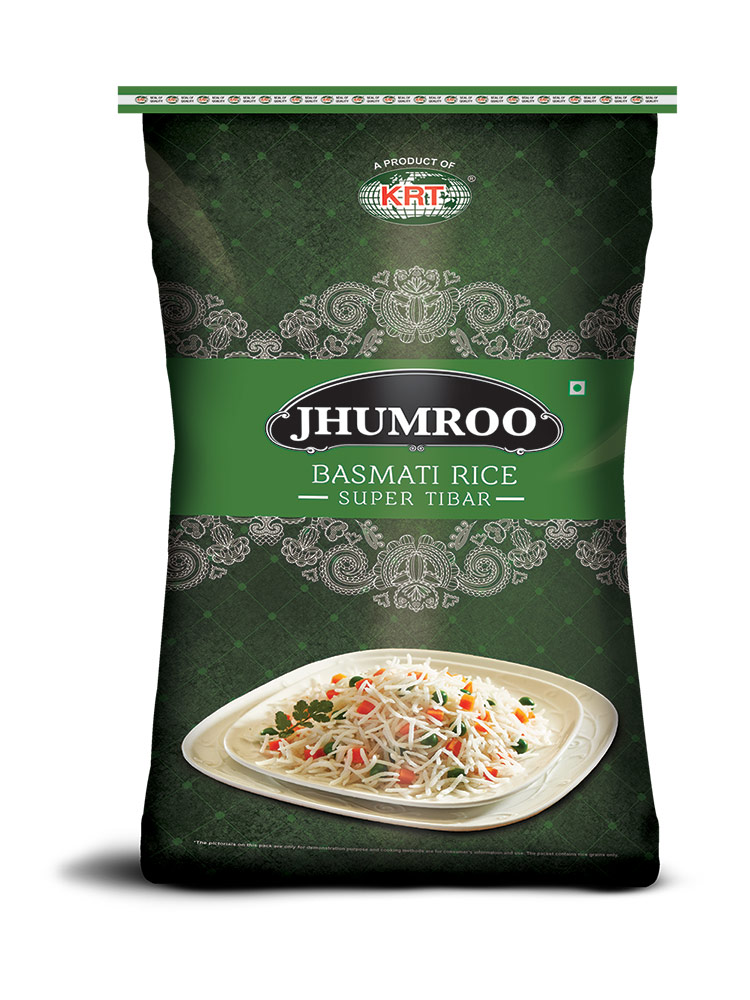Introduction
Rice is one of the most widely consumed staple foods in the world, providing essential nutrients and energy to billions of people. Its global popularity can be attributed to its nutritional benefits, versatility, and ability to complement various cuisines. Here’s why rice is a nutritional powerhouse:
1. Energy Source
- Carbohydrates: Rice is primarily made up of carbohydrates, which are the body’s main source of energy. A cup of cooked rice provides around 200 calories, making it an excellent source of fuel for daily activities.
- Complex Carbs: Brown rice, in particular, is rich in complex carbohydrates, which are slowly digested and provide sustained energy throughout the day.
2. Rich in Essential Nutrients
- Vitamins: Rice contains several important vitamins, particularly in its whole-grain form. Brown rice is a good source of B vitamins, including niacin (B3), thiamine (B1), and vitamin B6. These vitamins are essential for maintaining healthy metabolism, promoting brain function, and supporting immune health.
- Minerals: It is also a good source of minerals such as magnesium, iron, and phosphorus. Iron is vital for oxygen transport in the blood, while magnesium helps with muscle and nerve function.
3. Fiber Content
- Brown Rice vs. White Rice: Brown rice retains its bran and germ, making it richer in fiber compared to white rice. The fiber in brown rice helps to promote digestive health, regulate blood sugar levels, and reduce the risk of heart disease. It also supports weight management by making you feel fuller for longer.
- Digestive Health: The high fiber content in rice aids in digestion and promotes regular bowel movements, preventing constipation.
4. Gluten-Free
- Rice is naturally gluten-free, making it an excellent choice for those with celiac disease or gluten sensitivity. It can be included in a gluten-free diet without the worry of adverse reactions.
5. Antioxidants
- Brown rice contains antioxidants like phenolic compounds that help combat oxidative stress and inflammation. These antioxidants play a role in protecting cells from damage and reducing the risk of chronic diseases such as heart disease and cancer.
6. Low in Fat and Cholesterol-Free
- Rice is naturally low in fat and free of cholesterol, making it a heart-healthy food. This makes it an ideal choice for people looking to reduce their fat intake or manage their cholesterol levels.
7. Satiating
- Rice’s high starch content makes it filling, meaning it can keep you satisfied for longer periods. This makes it an excellent base for meals, providing long-lasting fullness and reducing the temptation to snack between meals.
8. Versatility
- Beyond its nutritional benefits, rice is incredibly versatile and can be used in a variety of dishes, from savory meals to desserts. Whether it’s served as a side dish, used in soups, or incorporated into a salad, rice adapts to various cooking styles and flavor profiles.
9. Affordable and Accessible
- Rice is an affordable food that is easily accessible to people in many regions. This makes it an essential food source in developing countries, where it is often a primary component of daily meals.
Conclusion
Rice is not just a filling and versatile food, but it also offers significant nutritional benefits that support energy, digestive health, and overall well-being. Whether it’s consumed in its white or brown form, rice remains a staple for people across the globe due to its health benefits, adaptability, and affordability.







